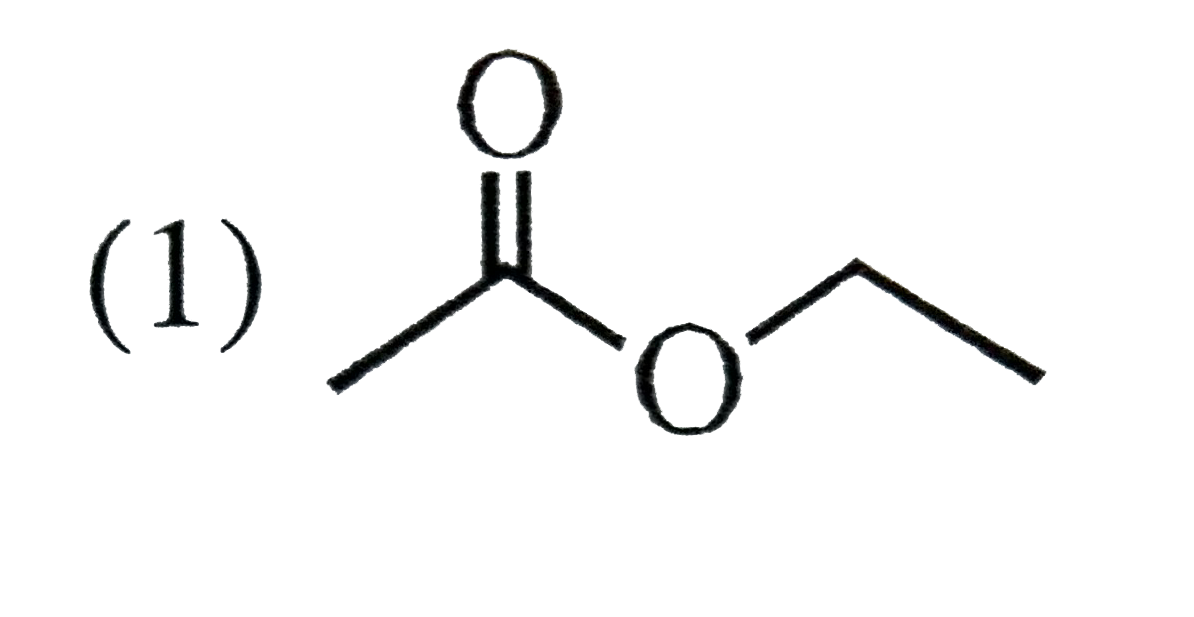Metal M+airδ−−→AH2O−−→BHCl−−→ White fumes, Metal M can be:
Li, Mg
Li, Al or K
Na, K or Mg
Li, Na or K
The correct Answer is:A
To solve the problem, we will analyze the reactions step by step to identify the metal M based on the given information.
Step 1: Identify the final product from the reaction with HCl
- We know that when substance B reacts with HCl, it produces white fumes. The white fumes are typically associated with ammonium chloride (NH4Cl), which suggests that B is ammonia (NH3).
Hint: Consider common reactions that produce white fumes; ammonium chloride is a key indicator.
Step 2: Determine what A must be
- Since we established that B is ammonia (NH3), we need to find out what A is. The problem states that A is formed when metal M reacts with water. The hydrolysis of a metallic nitrite (MNO2) produces ammonia. Therefore, A must be a metal nitrite.
Hint: Look for a metal that can form nitrites when reacting with water.
Step 3: Identify the metal M
- Now we need to determine which metal can react with air to form a nitrite. Among the alkali metals, only lithium (Li) can react with nitrogen in the air to form lithium nitride (Li3N). Other alkali metals like sodium (Na) and potassium (K) do not form nitrides.
Hint: Recall the reactivity of alkali metals with nitrogen; only Li forms nitrides.
Step 4: Confirm the options
- The options provided were:
- A: Li, Mg
- B: Li, Al
- C: Na, K
- D: Li, Na, K
- Since we have established that metal M must be either lithium or magnesium (as magnesium can also form nitrites), the correct option is A (Li, Mg).
Hint: Eliminate options based on the ability to form nitrides; focus on the reactivity of lithium and magnesium.
Final Answer
The metal M can be Li (Lithium) or Mg (Magnesium), but since only lithium is known to form nitrides with nitrogen in the air, the most suitable answer is Li.
Summary of Steps:
1. Identify the product from HCl (white fumes = NH4Cl).
2. Determine that A must be a metal nitrite.
3. Identify that M must be a metal that can form nitrites (Li or Mg).
4. Confirm the options and select the correct one.
- We know that when substance B reacts with HCl, it produces white fumes. The white fumes are typically associated with ammonium chloride (NH4Cl), which suggests that B is ammonia (NH3).
- Since we established that B is ammonia (NH3), we need to find out what A is. The problem states that A is formed when metal M reacts with water. The hydrolysis of a metallic nitrite (MNO2) produces ammonia. Therefore, A must be a metal nitrite.
- Now we need to determine which metal can react with air to form a nitrite. Among the alkali metals, only lithium (Li) can react with nitrogen in the air to form lithium nitride (Li3N). Other alkali metals like sodium (Na) and potassium (K) do not form nitrides.
- The options provided were:
- A: Li, Mg
- B: Li, Al
- C: Na, K
- D: Li, Na, K
- Since we have established that metal M must be either lithium or magnesium (as magnesium can also form nitrites), the correct option is A (Li, Mg).
The metal M can be Li (Lithium) or Mg (Magnesium), but since only lithium is known to form nitrides with nitrogen in the air, the most suitable answer is Li.
1. Identify the product from HCl (white fumes = NH4Cl).
2. Determine that A must be a metal nitrite.
3. Identify that M must be a metal that can form nitrites (Li or Mg).
4. Confirm the options and select the correct one.
Topper's Solved these Questions
- BOOK - VK JAISWALCHAPTER - s-BLOCK ELEMENTSEXERCISE - Level 350videos
s-BLOCK ELEMENTS
- BOOK - VK JAISWALCHAPTER - s-BLOCK ELEMENTSEXERCISE - ONE OR MORE ANSWER IS/ARE CORRECT69videos
s-BLOCK ELEMENTS
- BOOK - VK JAISWALCHAPTER - QUALITATIVE INORGANIC ANALYSISEXERCISE - SUBJECTIVE PROBLEMS5videos
QUALITATIVE INORGANIC ANALYSIS
- BOOK - VK JAISWALCHAPTER - TYPES OF REACTIONSEXERCISE - SUBJECTIVE PROBLEMS42videos
TYPES OF REACTIONS
Similar Questions
Identify (A), (B) (C) and (D):
Metal (A) +N2→Δ−−→(B)H2O−−→(C)+(D)
(C)(white ppt) dissolves in NaOH solution while Dgas gives white fumes in HCI.View SolutionIdentity (A), (B),(C), (D) and (E) in the following:
Alkali.metal (A)+N2Δ−−→(B)H2O−−→(C)+(D)
(C) and (D) both react with HCI, but (D) gives white fumes (E) with HCL.View Solution
Knowledge Check
- Question 1 - Select One
AH3O+−−−→B+EtOH
BΔ−−→ Acetone
A is :A B
B C
C D
D
- Question 2 - Select One
धातु (M)+वायुΔ−−→(A)H2O−−→(B)HCl−−→ सफेद धूम, उपरोक्त अभिक्रिया में धातु M हो सकती है:
ALi, Mg या AlBLi, Al or KCNa, K or MgDLi, Naor K - Question 3 - Select One
In the reaction, AKCN−−→B[H]−−→C2H5NH2
AA is CH3IBB is CH3NCCA is C2H5IDB is C2H5NC
Element M+N2Δ−−→H2O−−→NH3 element M belonging to group 13 can be
View SolutionThe compound C7H8 undergoes the following reactions :
C7H83Cl2/Δ−−−−→ABr2/Fe−−−−→BZn/HCl−−−−→C
The product 'C' isView Solution NaNO2−−−−−−→HClACuCN−−−→BH3O+−−−→C.C is identified asView Solution
NaNO2−−−−−−→HClACuCN−−−→BH3O+−−−→C.C is identified asView SolutionIn the following squence of reactions
TolueneKMnO4−−−−→ASoCl2−−→BH2/Pd−−−−−→BaSo4,C the product C isView SolutionIn the given reaction sequence
C6H5NO2Sn/HCl−−−−→ANaNO2+HCl−−−−−−−−→BCuCN/HCN−−−−−−−−→CH2∅/⊕H−−−−→ΔD
which one is not correct ?View Solution

